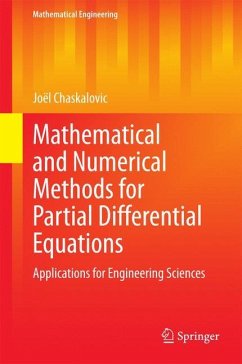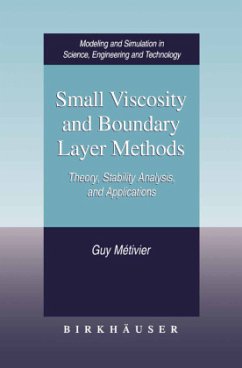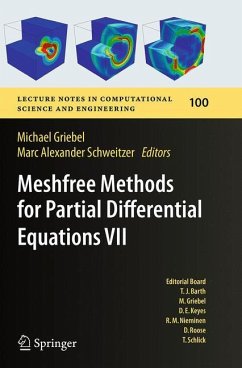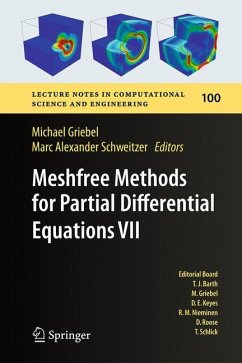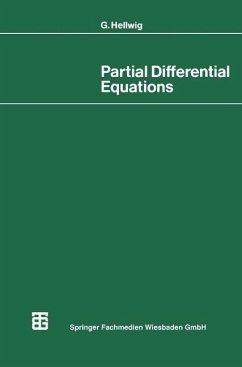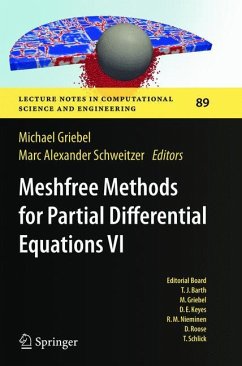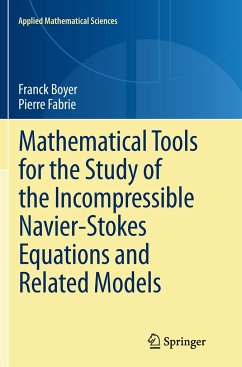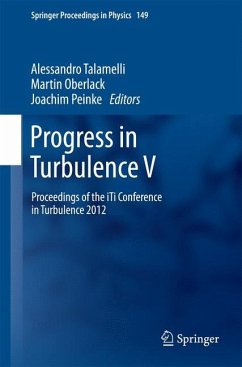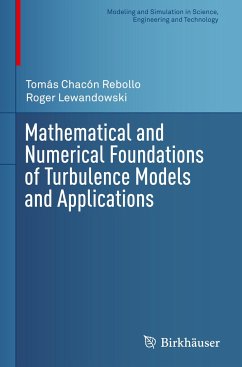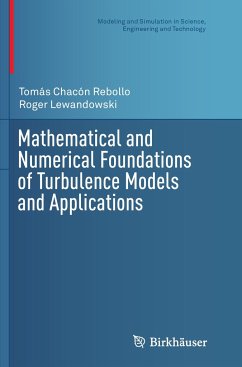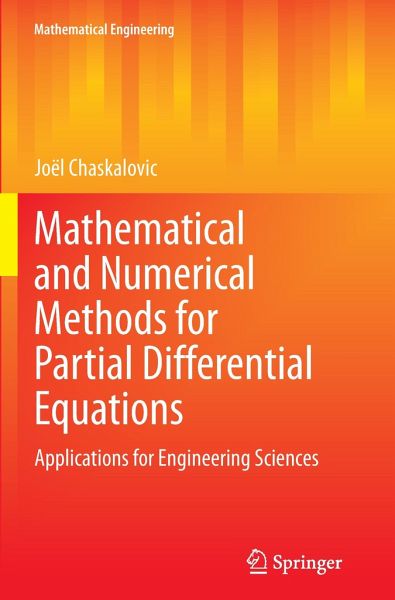
Mathematical and Numerical Methods for Partial Differential Equations
Applications for Engineering Sciences
Versandkostenfrei!
Versandfertig in 6-10 Tagen
38,99 €
inkl. MwSt.
Weitere Ausgaben:

PAYBACK Punkte
19 °P sammeln!
This self-tutorial offers a concise yet thorough introduction into the mathematical analysis of approximation methods for partial differential equation. A particular emphasis is put on finite element methods. The unique approach first summarizes and outlines the finite-element mathematics in general and then in the second and major part, formulates problem examples that clearly demonstrate the techniques of functional analysis via numerous and diverse exercises. The solutions of the problems are given directly afterwards. Using this approach, the author motivates and encourages the reader to a...
This self-tutorial offers a concise yet thorough introduction into the mathematical analysis of approximation methods for partial differential equation. A particular emphasis is put on finite element methods. The unique approach first summarizes and outlines the finite-element mathematics in general and then in the second and major part, formulates problem examples that clearly demonstrate the techniques of functional analysis via numerous and diverse exercises. The solutions of the problems are given directly afterwards. Using this approach, the author motivates and encourages the reader to actively acquire the knowledge of finite- element methods instead of passively absorbing the material as in most standard textbooks. This English edition is based on the Finite Element Methods for Engineering Sciences by Joel Chaskalovic.




